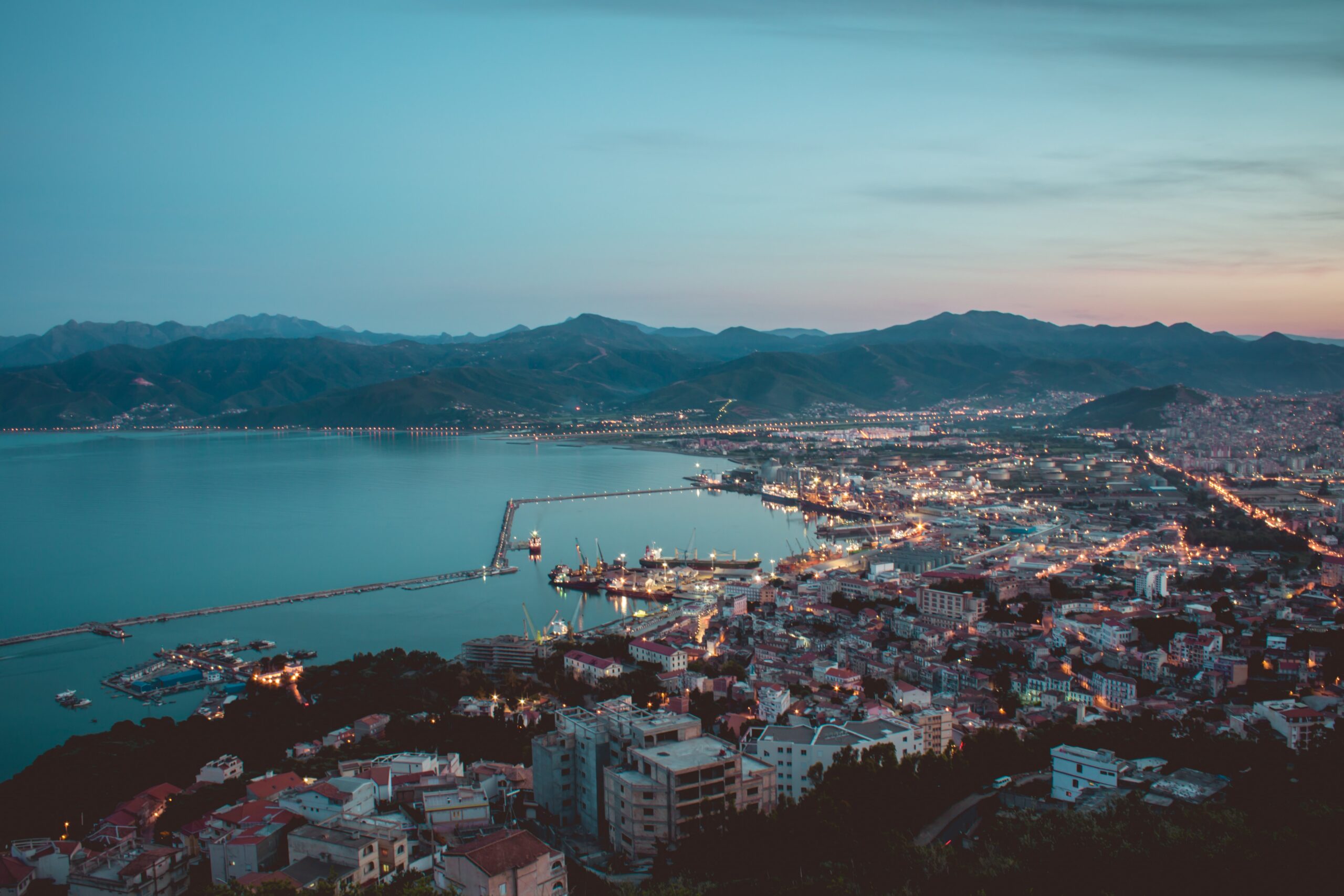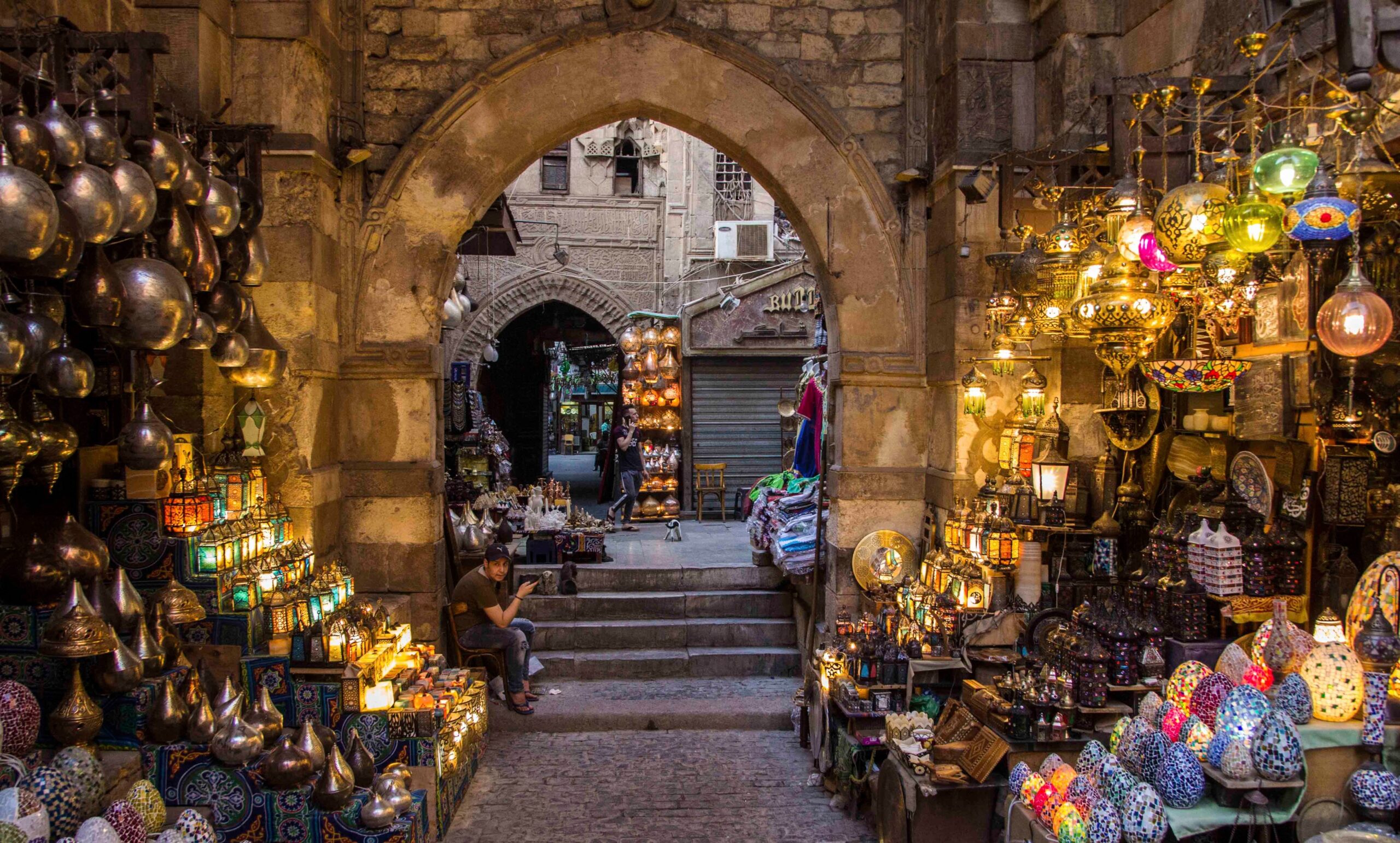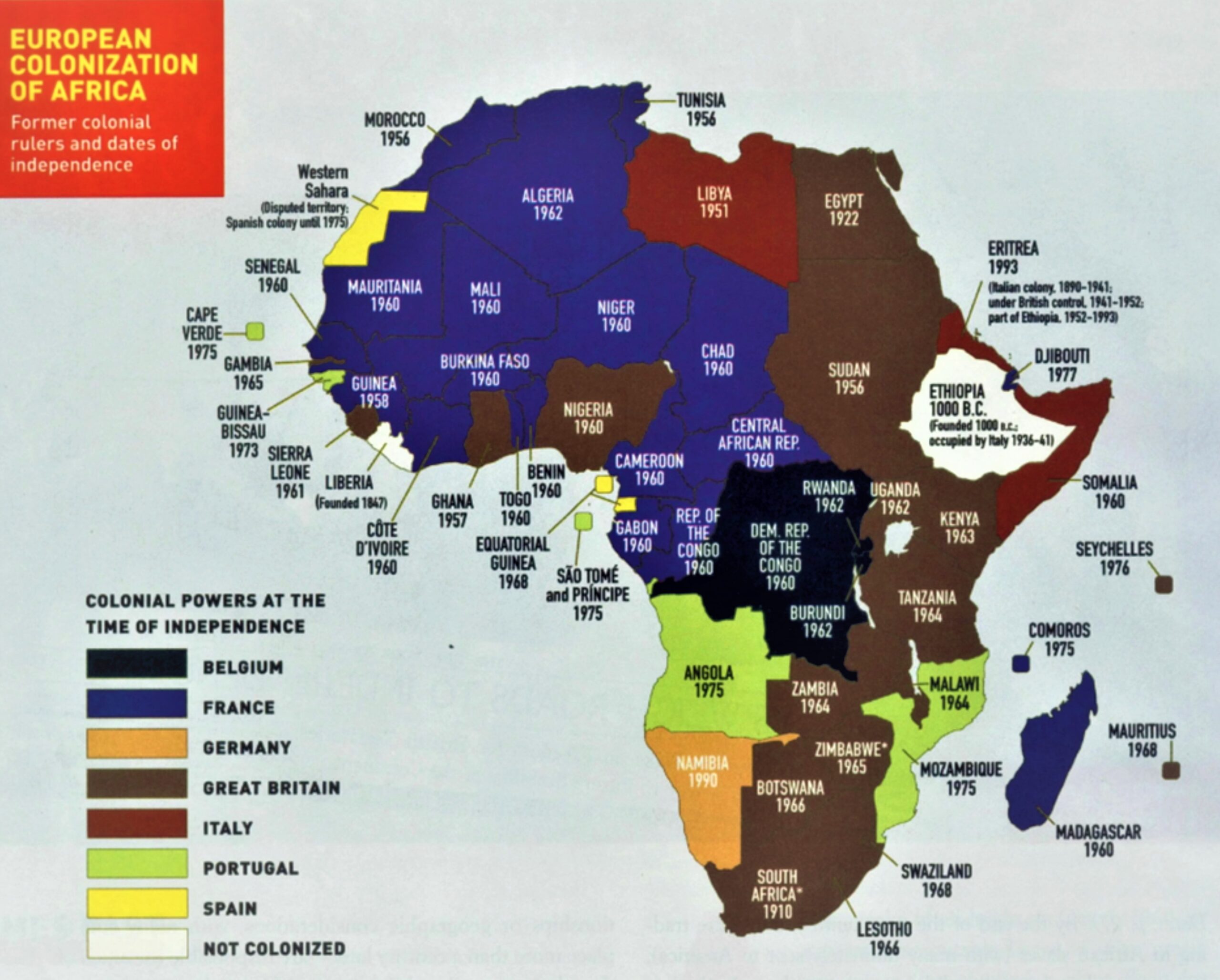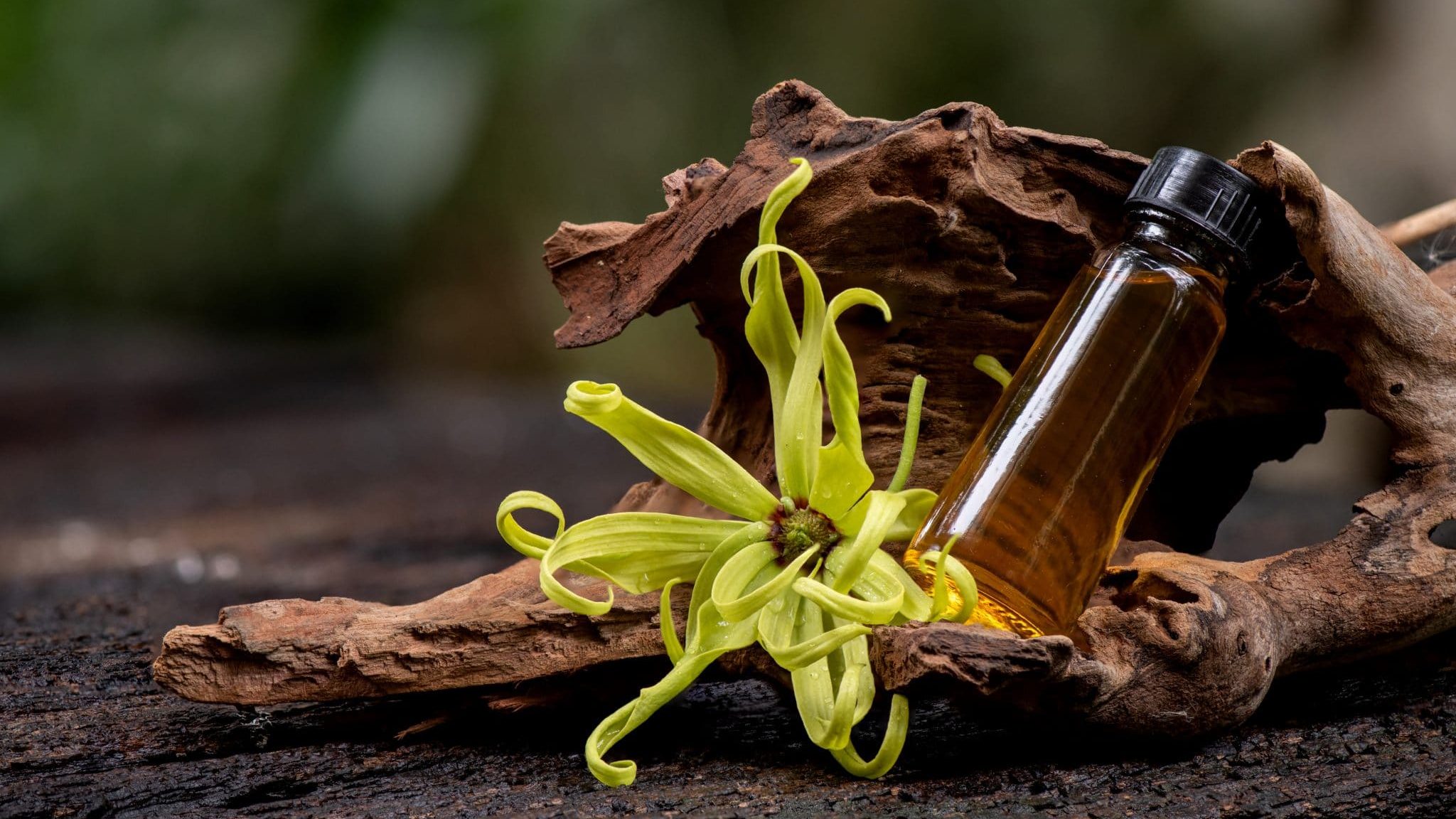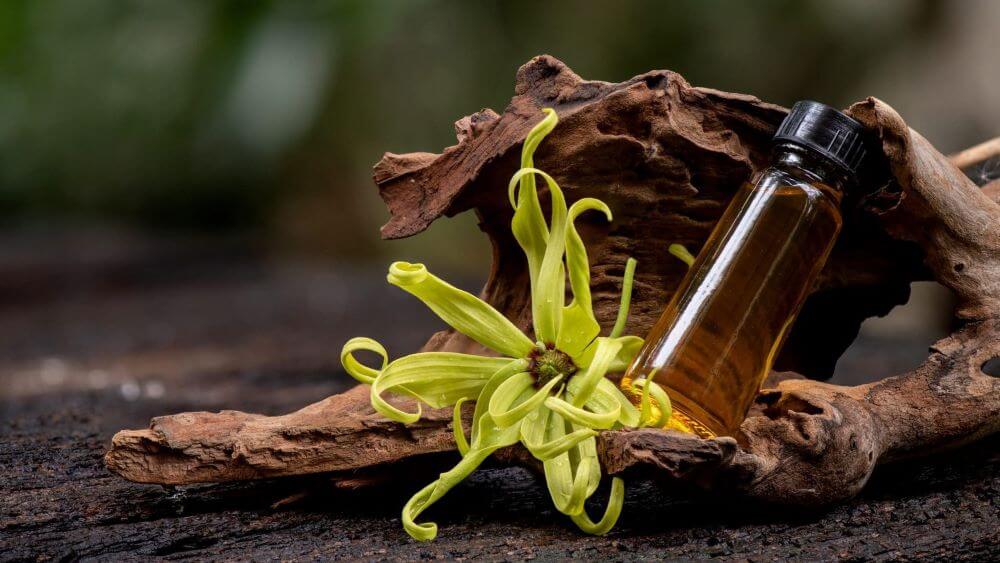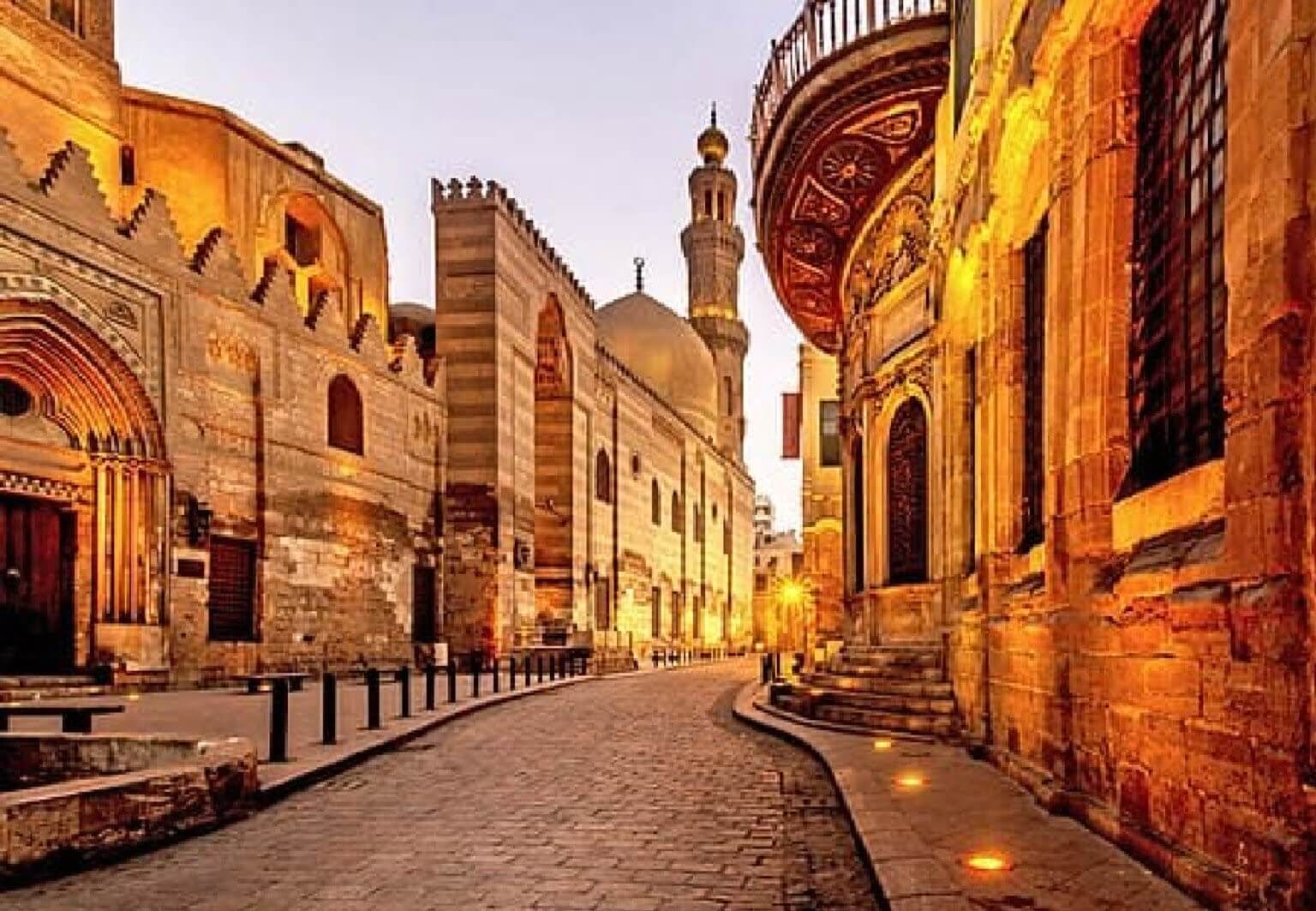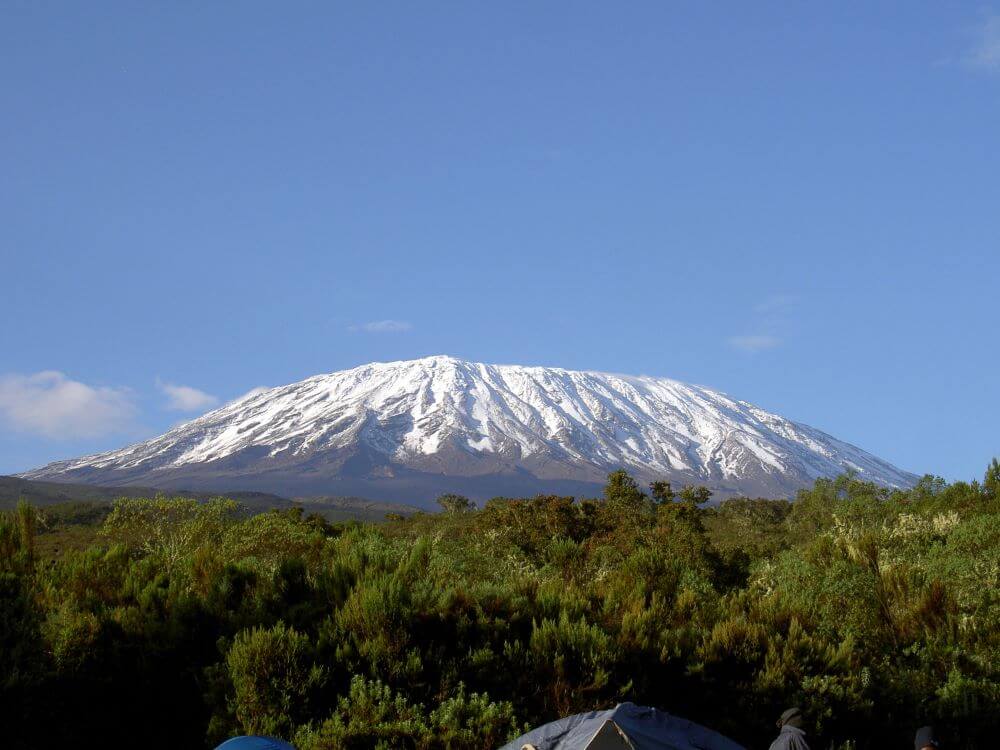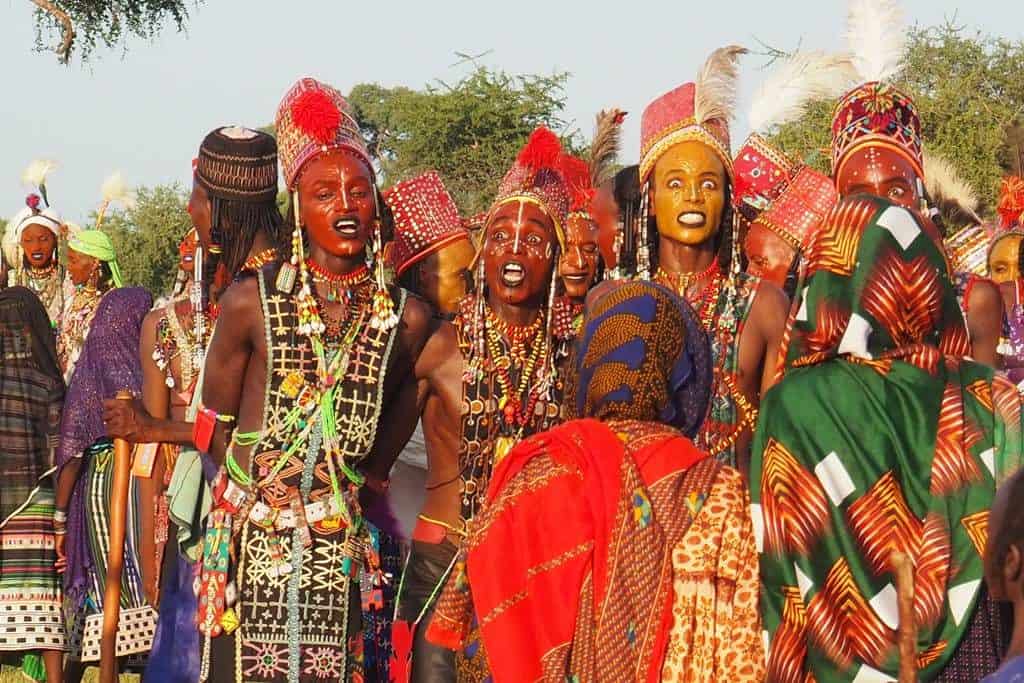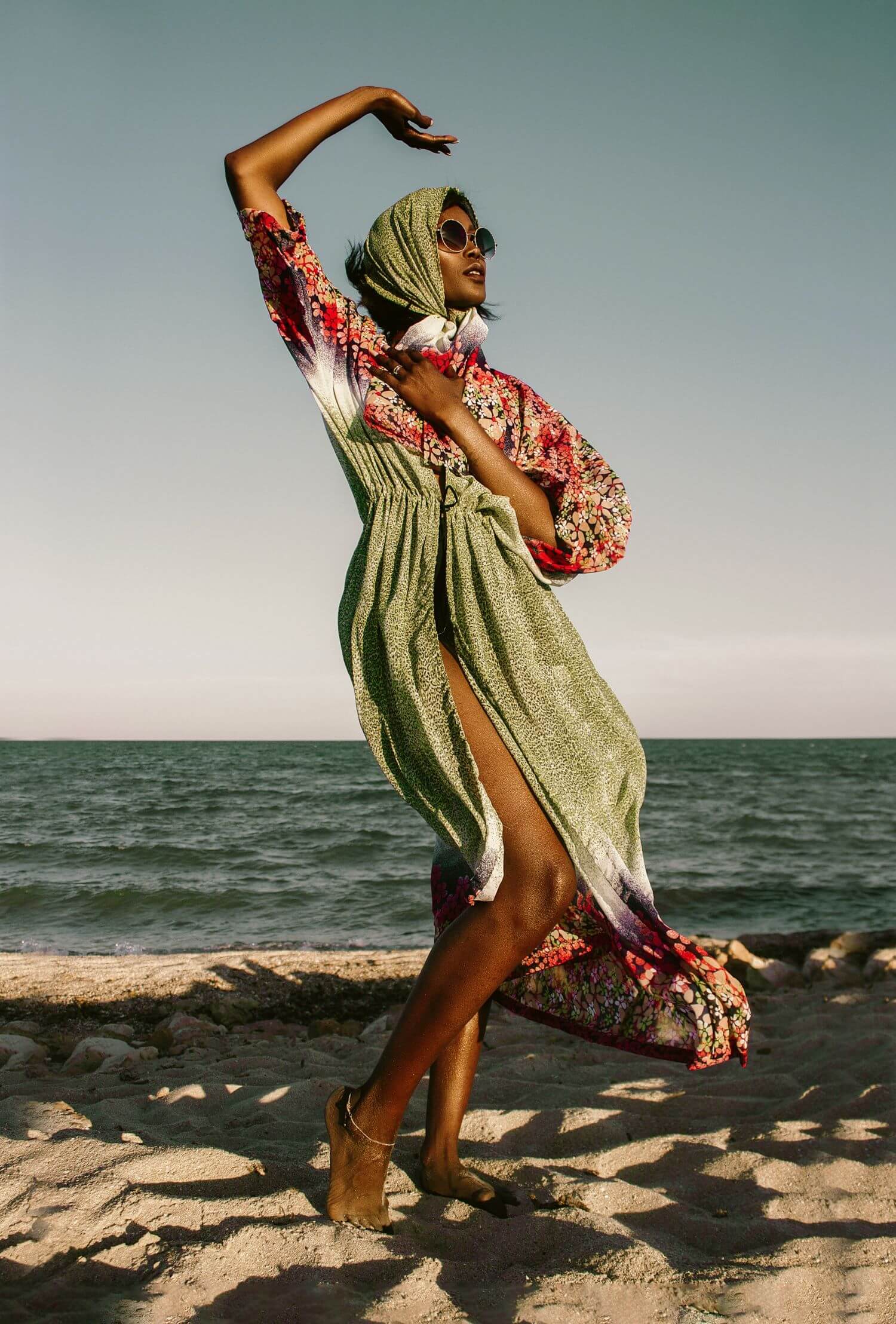Rich History and Culture
Experience the rich history and diverse cultural heritage of Algeria that dates back nearly 2.4 million years. Marvel at the old stone artifacts and cut-marked bones considered North Africa’s oldest archaeological discoveries, which have defined Algeria as possibly the “cradle of civilization,” second only to East Africa. These are located in Setif, two hundred miles from Algeria’s capital city of Algiers.
A Melting Pot
Algeria is a melting pot of cultures and religions. This home of Berbers, in ancient times, moved away from Christianity to Islam, whilst also experiencing great influences from the Romans. The Middle Ages ushered in the Fatimid era, named for Fatima, daughter of Mohamed, who was the father of Islam. The invasion of Italians marked the Fatimid era; however, in the 1800s, Algeria fell under French rule, which lasted till its independence in 1962.
Lifestyle Influences
Algeria’s varied cuisine is a testament to its many cultural influences, likewise fashion, architecture and the elements that define the Algerian lifestyle. The commercial center of Algeria, Constantine, boasts breathtaking and awe-inspiring architecture, and was recognized in 2018 by USA Today as one of eleven “must-visit” cities in the world.
World Heritage Sites of Algeria
Bejaia
Tour the historic city of Bejaïa founded in 26 or 27 BCE. This is the home of the Citadel, its most important historic monument. Bejaia was once one of the most prosperous cities in the Mediterranean, and became known as a center of great learning. The Citadel in Bejaia is a cultural display of the exchanges and fusion of Romans, Hammadids, Spanish, Turkish, French, and Arab-Muslim. It symbolizes an extinct cultural tradition and important periods in history.
Constantine
The city of Constantine is a UNESCO World Heritage Site and one of the world’s oldest cities, founded by Phoenicians. Once completely destroyed, it was rebuilt by Emperor Constantine, for whom it is named. Constantine has preserved relics from three millennia of Numidian, Roman, Muslim, Ottoman, and colonial occupation, making a destination steeped in some of the world’s most incredible structures and articfacts.
Djemila
Marvel the World Heritage sites of Djémila, where you will uncover remains of an ancient Roman colony established during the reign of Nerva. Well-preserved architectures are exceptional testimonies to the Ancient Roman civilization that existed in Algeria from the 2nd to 6th century.
M’Zab Valley
Mount a camel and get into the heart of the Sahara Desert at M’Zab Valley, home to five fortified villages. Forming an extraordinarily cohesive ensemble, in the M’Zab Valley you will discover a sedentary and urban civilization with a original and unique culture that has been carefully maintained throughout the centuries.
Al Qal’a of Beni Hammad
Scale the breathtaking mountains of Al Qal’a of Beni Hammad, and discover ancient ruins from the first capital of the Hammadid emirs. Founded 1007 and demolished in 1152, Al Qal’a is an authentic depiction of a fortified Muslim city. This remarkable archaeological site is a collection of preserved ruins set in a stunning mountainous setting on the southern flank of Djebel Maâdid.
Timgad
Timgad is an excellent example of Roman town planning. Square enclosures and orthogonal design nnnnnnnnnnnnnnnnnnnnnnnnnnn stands as an excellent example of Roman town planning. The city’s rapid growth in the middle of the 2nd century led to its expansion beyond the original foundations. Timgad boasts major public buildings, including the Capitolium, temples, markets, and baths. Most of these structures date back to the Severan period when the city experienced its Golden Age, a period of immense prosperity reflected in the grand private residences of the time.
Tipasa
On the shores of the Mediterranean lies Tipasa, an ancient Punic trading post conquered by Rome and transformed into a strategic base for the conquest of the kingdoms of Mauritania. Tipasa is characterized by a unique blend of Phoenician, Roman, Paleochristian, and Byzantine ruins, alongside indigenous monuments like the Kbor er Roumia, the grand royal mausoleum of Mauretania. This coastal city holds significant historical value, shedding light on the interactions between indigenous civilizations and the waves of colonization from the 6th century B.C. to the 6th century A.D.
In addition to its historical and cultural treasures, Algeria boasts a legendary landscape, including the oldest desert in the world, the Namib. Each year, over 2 million people are drawn to Algeria to experience the magnificence of Africa’s largest country.
Beyond its dunes and heritage, Algeria’s iconic beaches rival the best in the world. The country offers something for everyone, with over ten national parks, including renowned sites like the Tassili and Ahaggar Cultural Parks, the vast mountains of Kabylia, ski areas such as Tikjda, and ancient hot springs and fountains that have been cherished for thousands of years.
Algeria truly is a breathtaking destination that seamlessly weaves together history, culture, and natural beauty, offering visitors an unforgettable experience.


